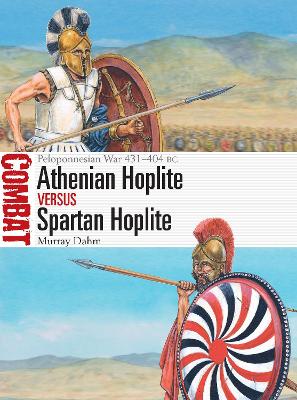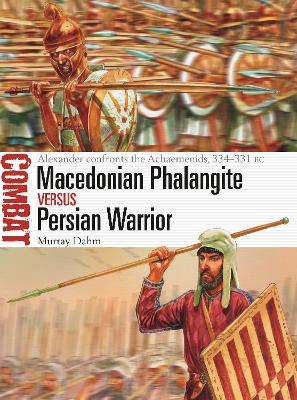Combat
2 total works
The Peloponnesian War (431–404 BC), waged between Athens and Sparta and their respective allies, involved some of the most important developments in ancient warfare. A life-and-death struggle between the two most powerful Greek city-states in the wake of their combined successes against the Persian invasion of Xerxes in 480–479 BC, the conflict dragged in communities from all over the Greek world on one side or the other. Ranging from the Black Sea to Sicily, the war saw the first recorded widespread use of light-armed troops, reserves, the deep phalanx, and other ideas important for the development of Western warfare into the 4th century BC, such as strategic thinking. It also revealed lessons (some learned and some not) with respect to the strengths and weaknesses of hoplite warfare and the various states in Greece. Featuring full-color artwork and drawing upon an array of sources, this study of three pivotal clashes between Spartan and Athenian hoplite forces during the Peloponnesian War highlights all of these developments and lessons.
In August 334 BC, Alexander the Great invaded the Persian Empire and systematically set about its conquest. At the core of Alexander's army were 10,000 members of the phalanx, the phalangites. Armed with a long pike and fighting in formations up to 16 ranks deep, these grizzled veterans were the mainstay of the Macedonian army.
Facing them were the myriad armies of the peoples that made up the Persian Empire. At the centre of these forces was the formation known as the Immortals: 10,000 elite infantry, armed with spears and bows.
In this study, a noted authority assesses the origins, combat role and battlefield performance of Alexander's phalangites and their Persian opponents in three key battles of the era - the Granicus River, Issus and Gaugamela - at the dawn of a new way of waging war.
Facing them were the myriad armies of the peoples that made up the Persian Empire. At the centre of these forces was the formation known as the Immortals: 10,000 elite infantry, armed with spears and bows.
In this study, a noted authority assesses the origins, combat role and battlefield performance of Alexander's phalangites and their Persian opponents in three key battles of the era - the Granicus River, Issus and Gaugamela - at the dawn of a new way of waging war.

